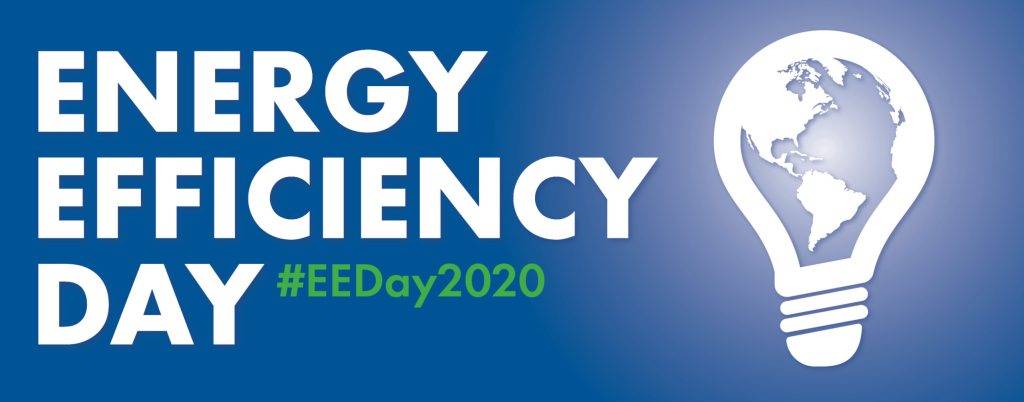
Happy Energy Efficiency Day! Particularly if you are one of the hundreds of governments, organizations, corporations and utilities participating in #EEDay2020!
Although it has been a wild year, the good news is, according to the U.S. Energy Information Administration’s Short-Term Energy Outlook issued last month, electricity consumption is expected to decrease 2.4% and daily average natural gas usage is forecast to decrease 2.7% in the United States, compared to 2019. Although a pandemic is not how we wanted to reduce our use of these energy sources, with respect to energy efficiency, we are headed in the correct direction. Now, we need to look at where we are, adjust for what we learned from the pandemic and plan our way forward.
What we know now is that COVID-19 changed our entire paradigm with respect to energy efficiency in buildings; and to protect our occupants, the current ASHRAE guidance tells us to flush our buildings pre- or post-occupancy, increase the amount of outdoor air in our buildings, increase the efficiency of our filtration systems or include air cleaning technologies (as the heating, ventilating and air conditioning equipment, systems and spaces can accommodate). All of this increases energy use! To counter that, facility improvement measures should be identified to reduce energy consumption when you are tactically commissioning your systems to determine their ability to mitigate virus transmission.
As the guidelines have changed to protect building occupants, the approach to how our buildings are used have changed. We have more people working from home and less occupancy in workplaces, creating less cooling load. But we have numerous new and existing digital tools that can be used with our building automation systems (e.g., monitoring-based commissioning, fault detection and diagnostics, artificial intelligence, machine learning, density monitoring …) that will help us respond to a greater complexity in usage patterns and, ultimately, help us continue to increase our emphasis on energy efficiency and reduce total energy use. These systems can be paired with technologies, such as on-site energy storage and generation, to make our buildings and systems more resilient than ever before. And, hopefully, they will be ready for the next pandemic!
In addition, we still have tried-and-true techniques for reducing energy use in buildings, including facility condition assessments, energy audits, commissioning, retro-commissioning and developing energy roadmaps. Using these techniques will help us continue to reduce energy use as we learn more about the condition of our existing systems, improve our operations and maintenance procedures and reduce our operating expenses while wisely planning our upcoming capital budgets.
It has been an unusual year, but we are using less energy, upgrading our systems to take better care of our occupants and looking ahead to plan ways that we can use new technology (and tried-and-true methods) to save energy. Happy Energy Efficiency Day!
Bill Bradford, P.E., is a senior vice president with Hanson and serves as the energy, sustainability and resiliency principal. He can be reached at bbradford@hanson-inc.com.